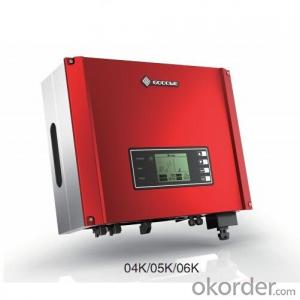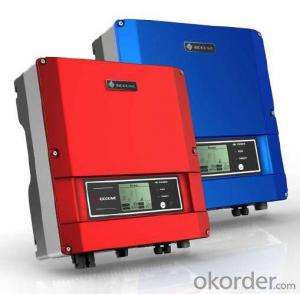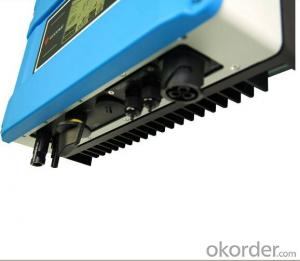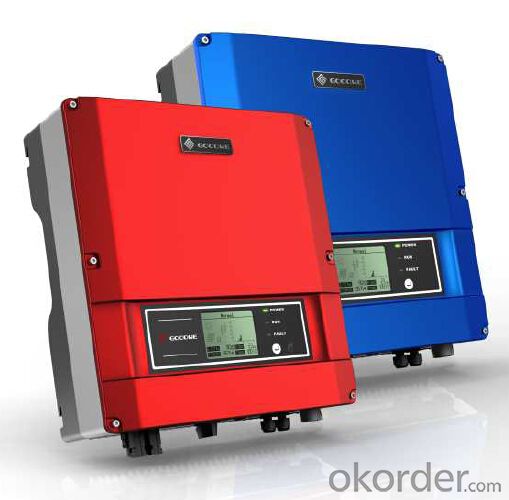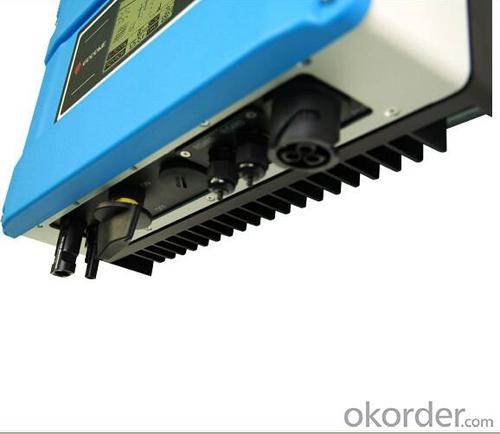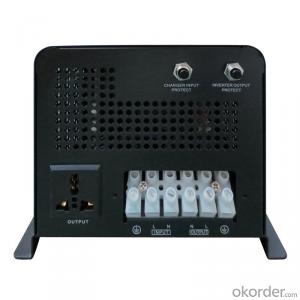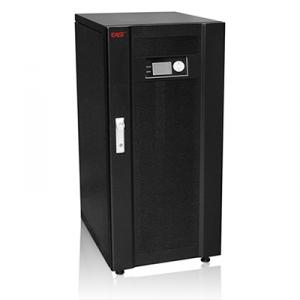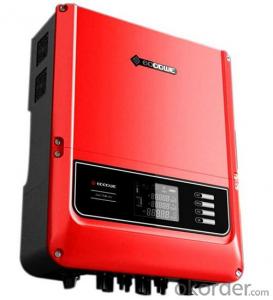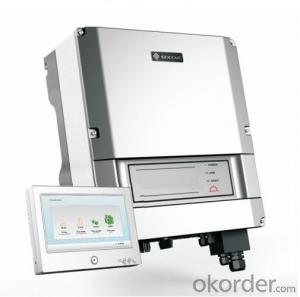Huawei Solar Inverter GW4000-DT On Grid
OKorder Service Pledge
Quality Product, Order Online Tracking, Timely Delivery
OKorder Financial Service
Credit Rating, Credit Services, Credit Purchasing
You Might Also Like
GW4000-DT inverters are typically designed for home solar systems,
4kW/5kW/6kW.By adopting cutting-edge technology of photovoltaic field,
it provides three making home system connection well balanced ,safer and more convenient.
The integrated allow two-array inputs from different roof orientations.
And the combination of both RS485 communication makes the system well interactive and extremely easy to be monitored.
Datasheet
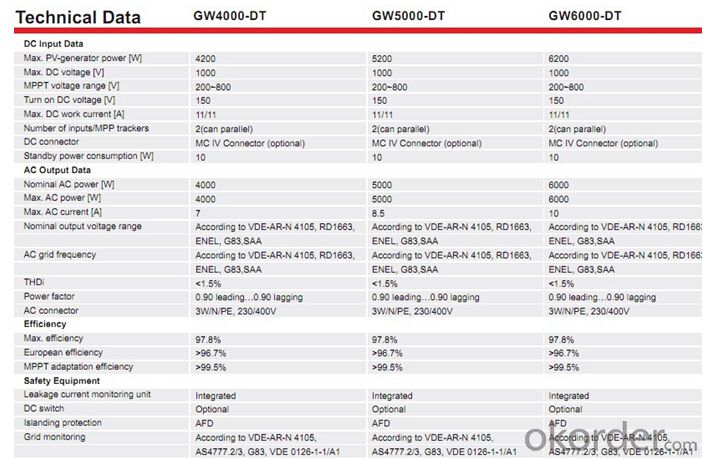
- Q: Can a solar inverter be used with different types of backup power sources?
- Yes, a solar inverter can be used with different types of backup power sources such as batteries, generators, or the utility grid. The inverter's role is to convert the DC power generated by solar panels into AC power that can be used by household appliances or fed back into the grid. It can seamlessly switch between different power sources, ensuring uninterrupted power supply and maximizing the utilization of renewable energy.
- Q: How does the input frequency range affect the performance of a solar inverter?
- The input frequency range directly affects the performance of a solar inverter. A wider input frequency range allows the inverter to efficiently convert a broader range of solar panel output frequencies into usable electricity. This flexibility ensures that the inverter can effectively handle varying solar panel output and maintain stable and reliable power conversion. Conversely, a limited input frequency range may result in poor performance, reduced efficiency, and potential instability or failure of the inverter under certain conditions.
- Q: Can a solar inverter be used with a solar-powered educational system?
- Yes, a solar inverter can be used with a solar-powered educational system. A solar inverter is an essential component that converts the direct current (DC) produced by solar panels into alternating current (AC) that can be used to power electrical devices, including educational systems. By using a solar inverter, the solar energy generated by the system can be efficiently utilized for educational purposes.
- Q: How does a solar inverter handle voltage fluctuations from the grid?
- A solar inverter handles voltage fluctuations from the grid by continuously monitoring the grid voltage and adjusting its output accordingly. When the grid voltage fluctuates, the inverter uses its internal control mechanisms to stabilize the output voltage, ensuring a consistent and stable supply of electricity to the connected solar panels or the grid. This helps protect the solar system from potential damage caused by voltage variations and allows for efficient power generation and distribution.
- Q: Can a solar inverter be used in a hybrid solar system?
- Yes, a solar inverter can be used in a hybrid solar system. A hybrid solar system combines both solar energy and another source of energy, such as a battery or grid power. The solar inverter is responsible for converting the DC (direct current) power generated by the solar panels into AC (alternating current) power that can be used to power the electrical devices in a home or business. In a hybrid solar system, the solar inverter can still perform this function, allowing the system to utilize solar energy while also being able to draw power from other sources when needed.
- Q: How is a solar inverter different from a regular inverter?
- A solar inverter is specifically designed to convert the DC (direct current) electricity generated by solar panels into AC (alternating current) electricity that can be used to power household appliances and be fed back into the grid. On the other hand, a regular inverter is generally used to convert DC power from batteries or other sources into AC power. Therefore, the main difference lies in their purpose and the source of the DC electricity they handle.
- Q: Can a solar inverter be used in remote areas?
- Yes, a solar inverter can be used in remote areas. Solar inverters are commonly used in off-grid systems to convert the DC power generated by solar panels into AC power that can be used for various applications. These systems are particularly beneficial in remote areas where access to the electricity grid is limited or non-existent. By harnessing solar energy, a solar inverter can provide reliable and sustainable power to remote communities, powering homes, schools, clinics, and other essential infrastructure.
- Q: How does a three-phase solar inverter differ from a single-phase inverter?
- A three-phase solar inverter differs from a single-phase inverter in terms of the number of electrical phases and the power output capacity. While a single-phase inverter is designed to convert the direct current (DC) generated by solar panels into alternating current (AC) with a single electrical phase, a three-phase inverter converts DC power into AC power with three electrical phases. This allows for a more balanced distribution of power across the three phases, resulting in increased efficiency and higher power output. Additionally, three-phase inverters are commonly used in industrial and commercial settings where higher power demands are required, while single-phase inverters are typically used in residential applications with lower power requirements.
- Q: What is the maximum efficiency rating of a solar inverter?
- The maximum efficiency rating of a solar inverter can vary depending on the specific model and technology used, but generally, the highest efficiency ratings can range from 95% to 99%.
- Q: What are the main components of a solar inverter system?
- The main components of a solar inverter system include the solar panels, the inverter itself, and various electrical components. Solar panels are the primary component of a solar inverter system. These panels are made up of photovoltaic cells that convert sunlight into direct current (DC) electricity. They are typically installed on rooftops or in open areas to maximize exposure to sunlight. The inverter is another crucial component of the system. Its main function is to convert the DC electricity produced by the solar panels into alternating current (AC) electricity, which is the type of electricity used in most homes and businesses. Inverters also regulate the flow of electricity, ensuring it matches the voltage and frequency of the utility grid. Other electrical components are also present in a solar inverter system. These may include wiring, switches, fuses, and circuit breakers, which help to connect the solar panels, inverter, and other equipment to the electrical grid. Additionally, monitoring systems and data loggers are often included to track the performance of the system and provide valuable information on energy production. Finally, a solar inverter system may also include a battery storage system. This allows excess electricity generated by the solar panels to be stored for later use, such as during periods of low sunlight or during power outages. Battery storage systems are becoming increasingly popular as they provide greater energy independence and the ability to utilize solar energy even when the sun is not shining. Overall, the main components of a solar inverter system include solar panels, the inverter, electrical components, and potentially a battery storage system. Each component plays a vital role in harnessing solar energy and converting it into usable electricity for homes and businesses.
Send your message to us
Huawei Solar Inverter GW4000-DT On Grid
OKorder Service Pledge
Quality Product, Order Online Tracking, Timely Delivery
OKorder Financial Service
Credit Rating, Credit Services, Credit Purchasing
Similar products
Hot products
Hot Searches
Related keywords
